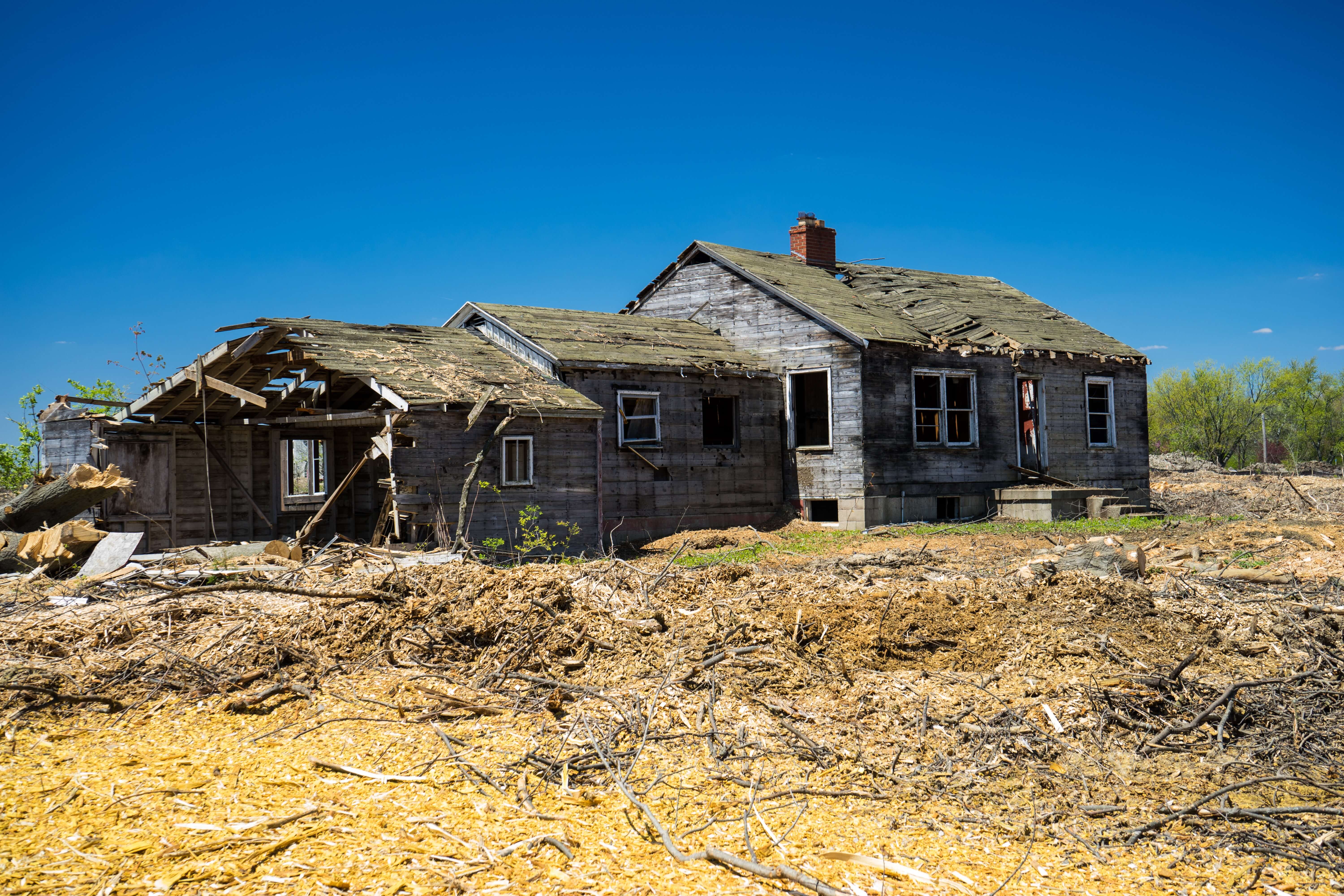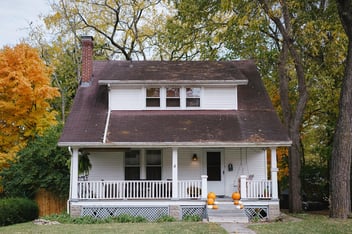Catastrophic losses are daunting and overwhelming in the best of scenarios. The numerous calls to the insurance company, the mounds of paperwork, and the endless meetings with adjusters and mitigation contractors leaves most people at a loss for quality information. Navigating all of the agencies while dealing with the stress of the loss of your home can leave you feeling frustrated, if not totally confused. Based on the quality of adjuster you get, you may need a Public Adjuster to help you correctly determine your actual loss.
You may be wondering how much you will recoup from your losses, how you will receive the funds, and the timing of the funds. As soon as you reach out regarding these questions, you may start to hear the phrases “actual cash value”, “replacement cost value”, “recoverable depreciation”, and “nonrecoverable depreciation”. All of these terms will directly affect your loss settlement and the definitions are ultimately determined by the type of policy you have on your home or type of business. So, it is essential to understand what these terms mean and how they affect your loss.
Replacement cost value, referred to in the industry as RCV, is the cost to replace an item based on its current market value. You purchased a beautiful new wood floor for $10,000, then your house floods, and the flooring must be replaced. If the new value of the wood is $13,000 by today’s market, you would be given $13,000 since it is the current cost of the floor. Depending upon your policy, certain items may not be covered that way and require a stated value policy. For example, expensive jewelry or paintings often require a stated value policy.
However, a wood fence is typically an ACV, actual cash value, policy item. Actual cash value is the replacement cost value minus depreciation. Depreciation is based on the useful life of the object or item. Based on most insurance policies, the life of a wood fence is 10 years. If the fence is damaged when it is only 5 years old, then it has lived out half of its useful life. Therefore, the insurance company will only pay for the half of the life that is still left. If the fence cost $20,000, then the insurance company would only pay for $10,000 for the replacement.
If you have an RCV policy, there is likely a recoverable depreciation clause in your policy. The insurance company will pay you what the item is worth at the time of the loss, but you have to provide proof of replacement using receipts or invoices in order to recoup the difference. Using the wood floor example from above, the insurance company may have listed the flooring at $10,000 and paid that much for its loss. However, it cost $13,000 in today’s market to replace the same type of flooring. You would provide proof to the insurance company of the increased replacement cost and they would then reimburse you the $3,000 difference.
It is important to note that unlike real property, personal property often requires photographic evidence of damage for replacement. Photographic evidence proves first that you owned the item and second that it was damaged beyond repair from the incident.
The difference between replacement cost value and actual cash value can be quite large! You may be left without the means to replace some of your lost items. A Public Adjuster who represents you and your interests will negotiate these values on your behalf with the insurance company. Using a Public Adjuster means that you can maximize your amount of loss because the Public Adjuster is familiar with the process of how the insurance company arrives at its values. A Public Adjuster will reduce your stress and frustration while increase your settlement payout.




 Storm Damage
Storm Damage  Property Damage
Property Damage Appraisal Services
Appraisal Services Contact Us
Contact Us




.jpg)
 claims@ucspa.com
claims@ucspa.com Mon-Fri: 9:00am-5:00pm
Mon-Fri: 9:00am-5:00pm